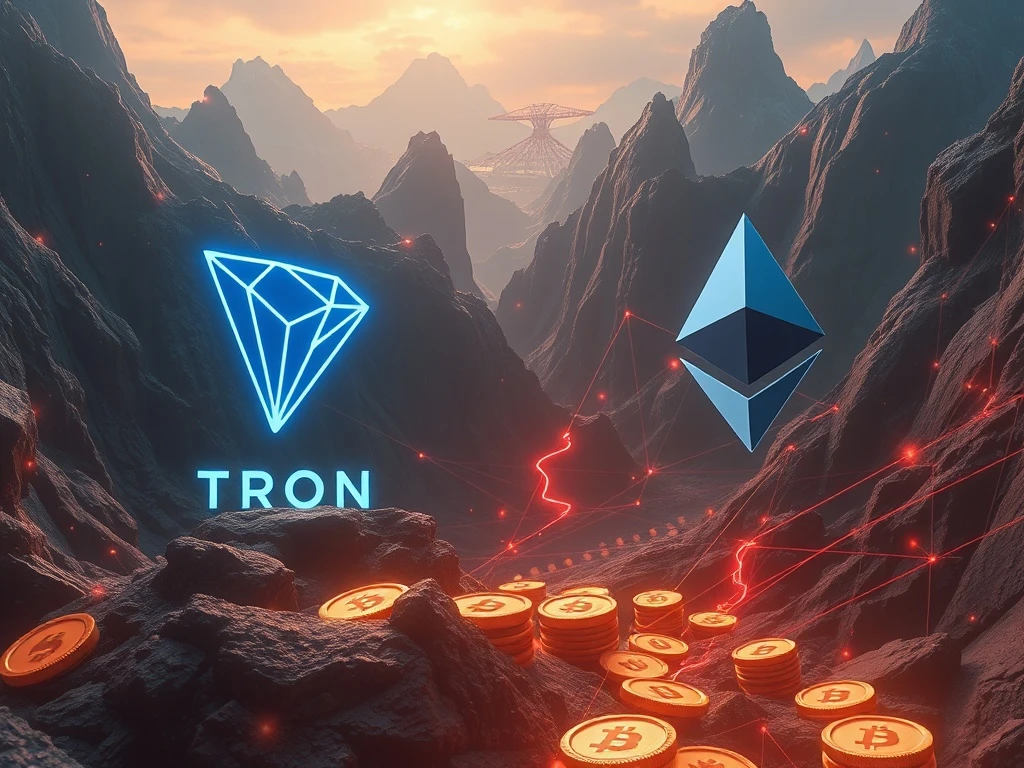TRON Dominates Ethereum in USDT Supply with $80.8B as Gasless Transactions Revolutionize Stablecoin Adoption

The cryptocurrency landscape is witnessing a seismic shift as TRON overtakes Ethereum in USDT supply, reaching a staggering $80.8 billion. This groundbreaking development highlights the growing preference for gasless transactions and low-cost stablecoin operations. But what does this mean for the future of DeFi and blockchain competition?
TRON Surpasses Ethereum in USDT Supply: A Game-Changer
TRON has emerged as the leading blockchain for USDT liquidity, surpassing Ethereum’s $73.8 billion with an $80.8 billion stablecoin supply. Key factors driving this shift include:
- Gasless transaction model
- Low-cost, high-speed processing
- Daily USDT transfers exceeding $20 billion
Why Gasless Transactions Are Attracting Users
TRON’s gasless transaction model has become a magnet for both institutional and retail users. The network’s ability to process transactions without gas fees offers significant advantages:
| Feature | TRON | Ethereum |
|---|---|---|
| Transaction Cost | Gasless | Variable gas fees |
| Daily USDT Volume | $20B+ | Lower volume |
The Future of Stablecoin Adoption: TRON vs Ethereum
While TRON currently leads in stablecoin adoption, Ethereum’s robust smart contract capabilities and developer community may still play a crucial role in DeFi. The competition between these two blockchains is expected to intensify as both platforms continue to innovate.
Conclusion
TRON’s dominance in USDT supply marks a pivotal moment in blockchain history. With gasless transactions and lower costs, TRON is reshaping stablecoin adoption. However, Ethereum’s broader ecosystem ensures the competition is far from over.
Frequently Asked Questions
- Why has TRON surpassed Ethereum in USDT supply?
TRON’s gasless transactions and lower costs have attracted more users and liquidity. - What is the current USDT supply on TRON?
As of mid-July 2025, TRON’s USDT supply stands at $80.8 billion. - How does TRON’s transaction model differ from Ethereum’s?
TRON offers gasless transactions, while Ethereum relies on variable gas fees. - Will Ethereum regain its dominance in stablecoin adoption?
While possible, Ethereum would need to address its high transaction costs to compete effectively.









